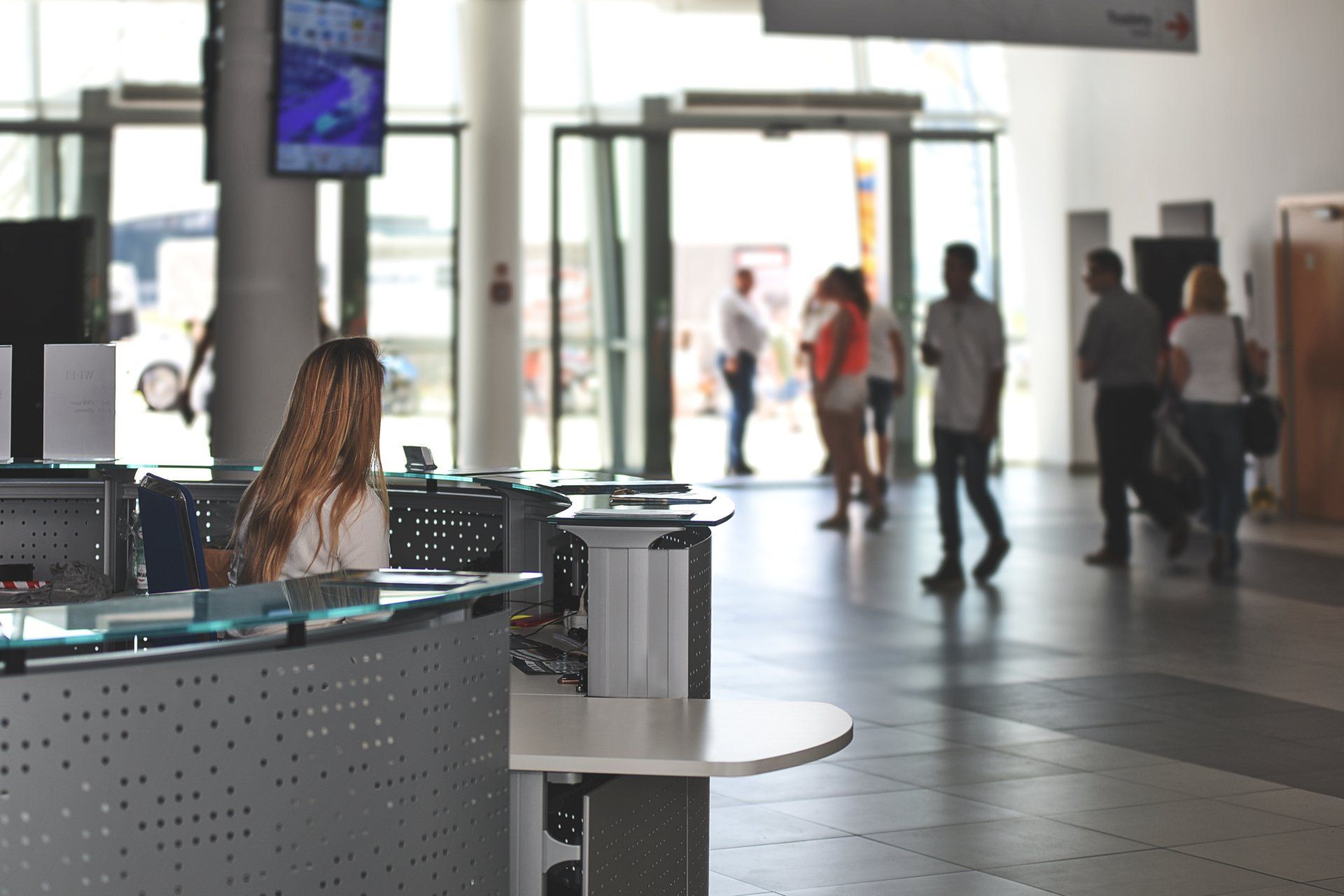Virtual Office vs Traditional Office
In today's rapidly evolving business landscape, the traditional office setup is facing increasing competition from virtual office solutions. With advancements in technology and a shift in work culture, many businesses are reconsidering how and where work gets done. In this blog post, we will delve into the pros and cons of
virtual offices and traditional offices, providing insights for both businesses and employees.
The Virtual Office Pros:
- Cost-Efficiency: One of the most significant advantages of a virtual office is cost savings. Businesses can reduce expenses related to office space, utilities, and maintenance.
- Flexibility: Employees can work from anywhere, offering a more inclusive work environment. This flexibility can lead to improved work-life balance and job satisfaction.
- Access to a Global Talent Pool: Virtual offices allow businesses to tap into a global talent pool, enabling them to find the best talent regardless of geographical location.
- Reduced Commute: Employees benefit from reduced commuting time and costs, contributing to a more sustainable and less stressful work experience.
- Scalability: Virtual offices make it easier for businesses to scale up or down as needed without the constraints of physical office space.
Virtual Office Cons:
- Lack of Face-to-Face Interaction: Virtual offices can sometimes hinder face-to-face collaboration, potentially impacting team cohesion and innovation. However, this can be remedied by subscribing to a
virtual office with available
meeting space.
- Communication Challenges: Miscommunication can be more prevalent in virtual settings, as nuances in tone and body language can be lost in written or digital communication.
The Traditional Office Pros:
- In-Person Collaboration: Traditional offices promote face-to-face interaction, fostering team cohesion, creativity, and spontaneous brainstorming sessions.
- Structured Routine: Some employees thrive in a structured environment, benefiting from a consistent office routine.
- Enhanced Security: Traditional offices often have robust security measures in place to protect sensitive data.
- Immediate Access to Resources: Employees have immediate access to office resources and support.
- Clear Boundaries: A physical separation between work and personal life can help maintain a healthy work-life balance.
The Traditional Office Cons:
- Higher Costs: Traditional offices typically come with higher overhead costs, including rent, utilities, and maintenance.
- Commute Stress: Lengthy commutes can lead to stress and decreased productivity.
- Limited Talent Pool: Businesses may struggle to attract talent if they are geographically limited.
- Rigid Work Hours: Traditional offices often require fixed work hours, which may not suit all employees.
Finding the Right Balance
The choice between a virtual or traditional office depends on various factors, including the nature of the business, employee preferences, and industry standards. Many businesses are finding that a hybrid model, combining aspects of both virtual and traditional offices, offers the best of both worlds.
Ultimately, the decision should align with the goals, culture, and needs of the organization. By carefully weighing the pros and cons of each approach, businesses and employees can determine the most suitable work environment for their specific circumstances.
The debate between virtual and traditional offices is ongoing, and there is no one-size-fits-all solution. Businesses and employees alike must adapt to the changing landscape of work and be open to exploring new possibilities for collaboration and productivity.












